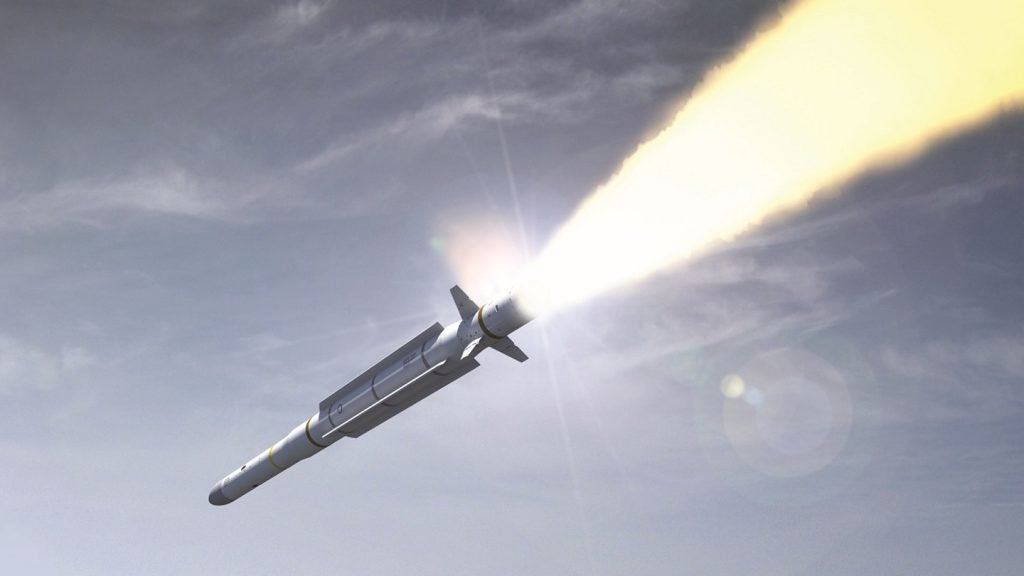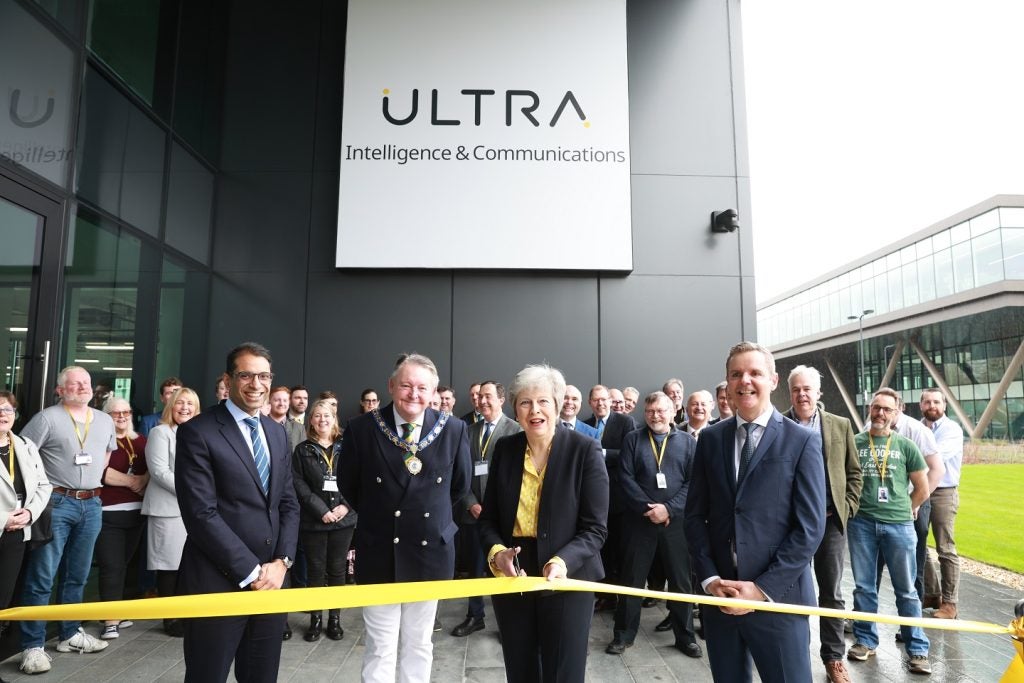
General Atomics Aeronautical Systems (GA‑ASI) in partnership with Tesat-Spacecom (TESAT) has conducted ground tests with the Airborne Laser Communication System (ALCoS).
The development of the space laser communication system took five years using internal funds for low probability of intercept (LPI), low probability of detect (LPD) communications link.
The system is intended to support the secure transfer of data between GA-ASI-produced MQ-9 Reaper remotely piloted aircraft (RPA) and satellites.
Tests were conducted using TESAT’s GEO Laser Communication Terminal (LCT), the LCT 135.
During testing, the company demonstrated establishing a link between its ALCoS from an optical observatory located on Tenerife in the Canary Islands with an Alphasat satellite in geosynchronous Earth orbit (GEO).
The link was closed with TESAT’s LCT 135 terminal on board the GEO satellite.
How well do you really know your competitors?
Access the most comprehensive Company Profiles on the market, powered by GlobalData. Save hours of research. Gain competitive edge.

Thank you!
Your download email will arrive shortly
Not ready to buy yet? Download a free sample
We are confident about the unique quality of our Company Profiles. However, we want you to make the most beneficial decision for your business, so we offer a free sample that you can download by submitting the below form
By GlobalDataThis demonstration showcased compatibility of an air-to-space laser communication system with size, weight and power (SWAP) with a medium-altitude, long-endurance (MALE) RPA.
The communication system was successful in acquisition and tracking.
GA-ASI CEO Linden Blue said: “This test was a critical step towards enabling our aircraft with a high-bandwidth communication system that cannot be jammed or detected by an adversary.
“ALCoS allows a new generation of high-performance sensors by breaking the data bottleneck of current RF SATCOM technology.”
According to GA-ASI, ALCoS hold the capability to carry data 300 times more than conventional RF SATCOM systems.
It also has the capacity to function as a gateway to the Joint Aerial Network for forward-deployed forces.
In November last year, GA-ASI scheduled the demonstration of its maritime surveillance capabilities of its MQ-9 Guardian remotely piloted aircraft (RPA). The demonstration was conducted for European nations.






